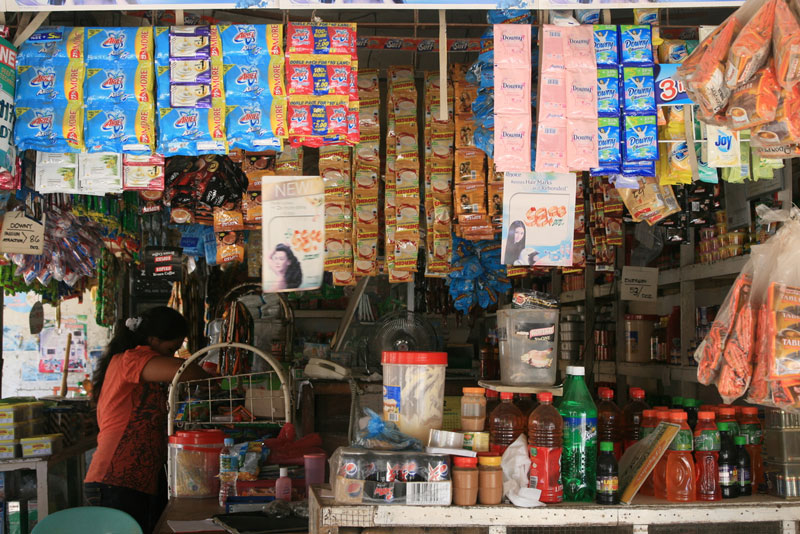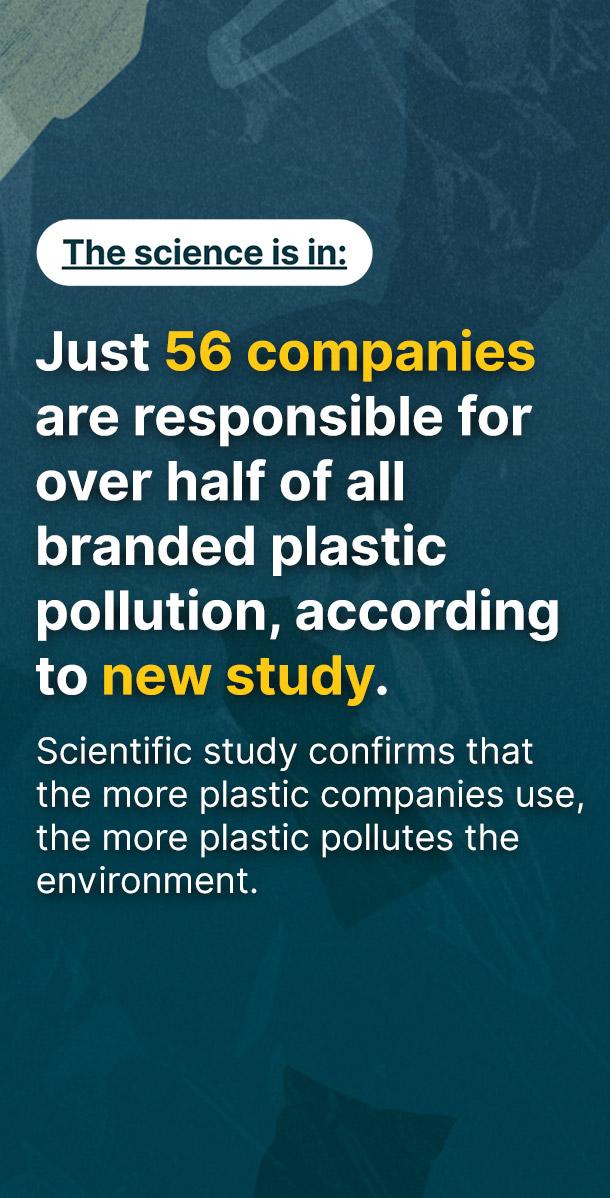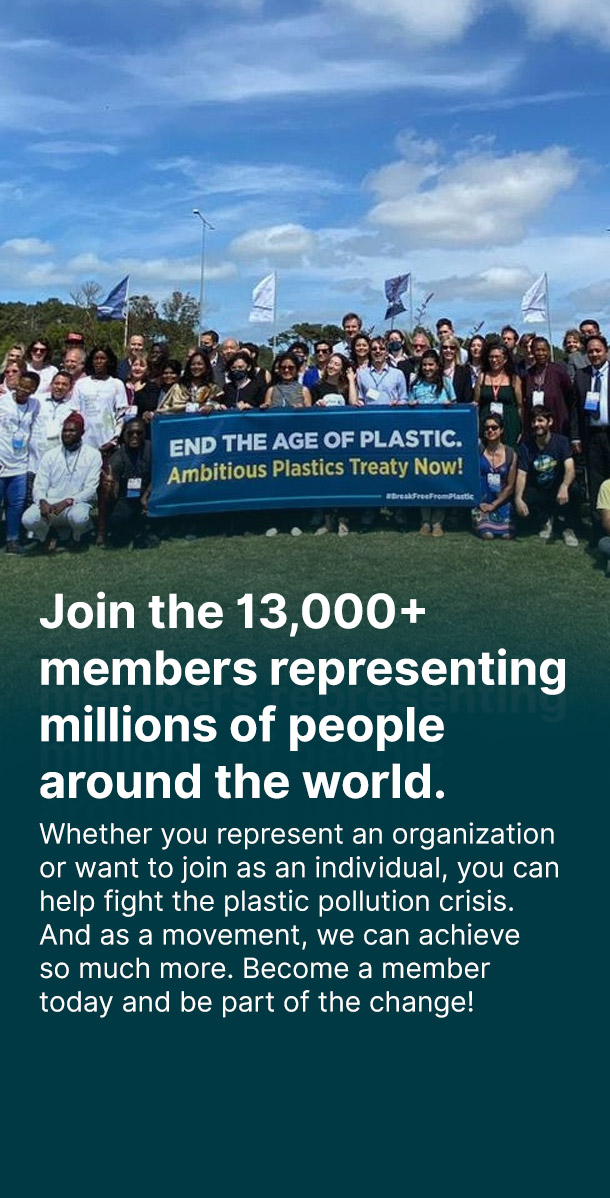Glaiza’s mother used to buy goods from the market in bulk—cooking oil by the gallon, bagoong (fish paste) by the gatang, vinegar by the liter, and salt and sugar by the kilo—which they would then resell in their store tingi-style. Tingi is simply retail, but in the context of sari-sari stores (neighborhood stores selling household essentials, usually food and personal care products), it is reselling items in much smaller quantities, usually enough for one-time use, depending on the item.
Meanwhile, 65-year old Mario Tejada, a retired government employee in Piddig, Ilocos Norte, also used to help his mother sell in the public market during “market days”—Wednesdays and Sundays—in the ‘60s. His family also owned a sari-sari store at home.
According to Mario, market-goers used to bring baskets, commonly made of rattan or bamboo, with which to carry what they purchased. Meat vendors either wrapped their produce in banana leaves or strung them together using bamboo twine. This practice is still being done in some provinces these days, especially by small-time fisher folks selling their catch by the roadside. They also used samak leaves to wrap their goods, which usually consisted of meat, shells, fruits, vegetables, etc.
The customers that frequented their sari-sari store also brought their own containers when purchasing certain products. But unlike Glaiza’s family who made use of a measuring device for some items, Mario’s family usually would just estimate the content that they would pour into the customer’s container. “For example, if a customer wanted a quarter bottle of vinegar, we would designate a quarter-bottle mark in the bottle and pour content into the customer’s container. When the remaining content reached the mark, we’d stop pouring,” Mario explained.
The containers that the customers brought depended on the items they were buying. “If they wanted gas for their gasera (gas/kerosene lamp), they would bring the gasera itself and we’d pour the gas directly into it,” said Mario. “If they wanted a shot of alcoholic drink, they would bring their drinking glass and they’d drink from it immediately!”
Deposit Scheme
Deposit schemes were already commonplace during Glaiza’s childhood, especially for sodas. Sodas then were in glass bottles which distributors used to collect every time they came to deliver new orders. To buy cases of sodas from the distributors, the sari-sari store owners would surrender empty soda bottles returned to them by the buyers. To ensure that the customers would return the empty soda bottles, sari-sari store owners required a deposit.
For sellers of local products, such as chocolate drinks, Glaiza remembers simply leaving the empty bottles right outside their door. The seller would then replace these with new products.
Sachets and the Narrative of Convenience
The tingi system as it was practiced in the old days worked well, but everything changed when the corporations introduced plastic sachets.
In just over a few decades since they were introduced in the Philippine market, sachets and other single-use plastics have become ubiquitous, so much so that a 2019 study by the Global Alliance for Incinerator Alternatives showed that Filipinos generate as much as 164 million sachets in a year—enough to cover the whole of Metro Manila in a foot of plastic sachets.
Fast-moving consumer goods have been using the pro-poor narrative to push sachets in the market. Through their low price-points and marketing pushes, brands were able to push out the old sustainable ways of selling products cheaply.
They also pushed out the natural products that our elders used with products laden with harmful chemicals. Mario shared that during his childhood, they used to soak gugo bark sheets in water and use the resulting foamy water as shampoo and used crushed guava leaves as deodorant, ipil or banaba leaves as floor wax. Just a few decades ago, people still drank fresh fruit juices and used fresh fruits and vegetables as seasoning.
Today, people now prefer processed or chemical-laden products in sachets which have become easily accessible throughout the country—from the neighborhood carinderias and sari-sari stores to major supermarkets.
But with the convenience that sachets brought were bigger problems that outweighed their supposed benefits. Sachets, together with other single-use plastics, are big contributors to the growing issue of plastic waste problem and are hindering cities with good solid waste management programs from becoming completely Zero Waste. Unlike the other single-use plastics such as plastic bags and straws, sachets are yet to be the subject of regulations and bans.
Ripe for Regulation
According to the same GAIA report, sachets—both single-layer and multi-layers—make up 52% of the country’s plastic residual waste stream. The good news is that a 2019 report by the Social Weather Stations commissioned by GAIA found that Filipinos are for regulating problematic plastics; 7 of 10 Filipinos believed that single-use plastics should be regulated, while 5 of 10 are for regulating sachets.
Policy, if enforced, is an effective instrument in regulating single-use plastics. To illustrate, since Quezon City banned single-use plastics, even fast-food chains in the city were forced to shift to reusable plates, cups, and cutlery. Fast-food chains, known for using single-use plastic packaging, started to put cream and sugar, which used to be available only in sachets, in big reusable canisters. They did the same with ketchup and gravy. They also started serving bare rice and fries.
COVID-19 may have disrupted the implementation of the single-use plastic ban in the city, but with experts saying that reusables are safe to use even during the pandemic, the city government should no longer have any hindrance in imposing the ban.
Going Back to Take Steps Forward
With the increasing public awareness on the negative impacts of plastics on health and on the environment, more businesses are embracing the environmentally sustainable route. In the past two years, more and more Zero Waste stores—refill stores, stores that sell packaging-free organic products—were being put up. Some hotel and travel industries which heavily relied on single-use plastics have also done initial steps to do things more sustainably.
These Zero Waste stores and businesses are showing the big corporations the way to doing business more sustainably. If these small businesses can provide products and services without harming the environment, the big corporations should be able to follow suit—and do even better with their huge budgets for R&D.
But that would mean wanting to become truly sustainable. As an initial step, they can look at our more sustainable old practices and work on improving them and scaling them up, rather than co-opting them wantonly for maximum profit.




